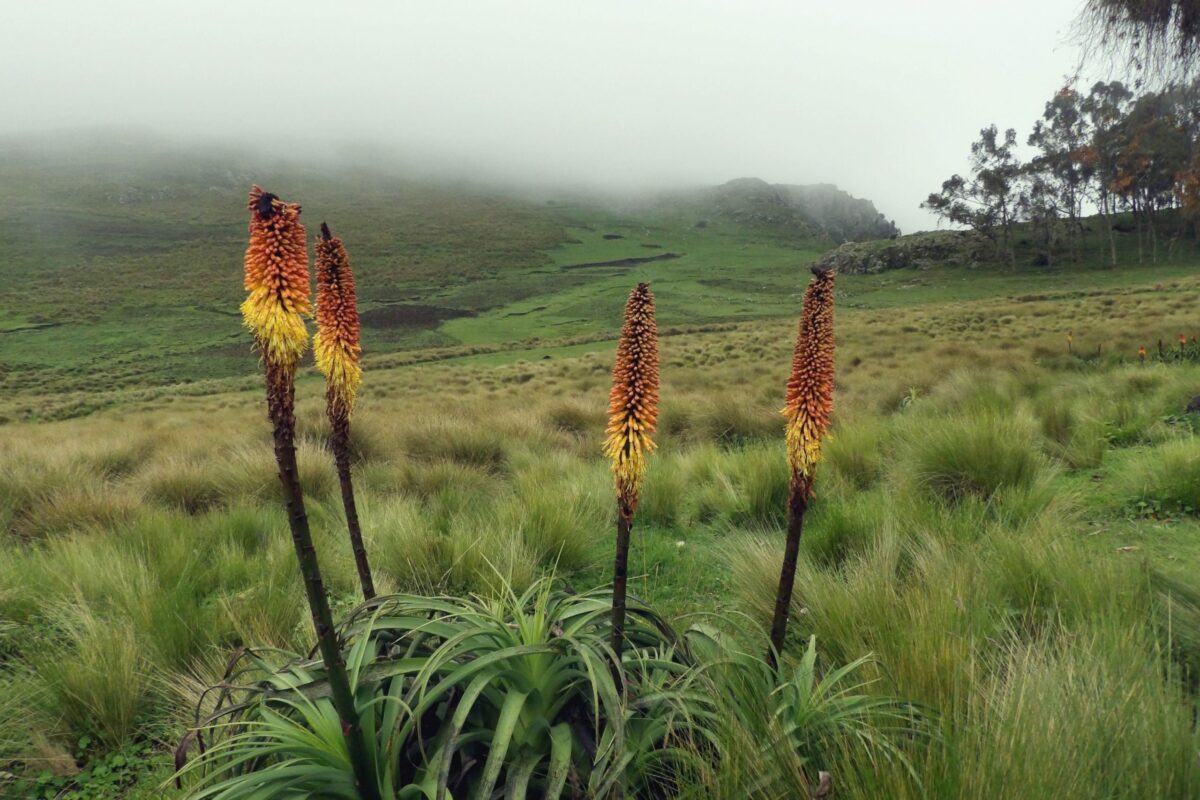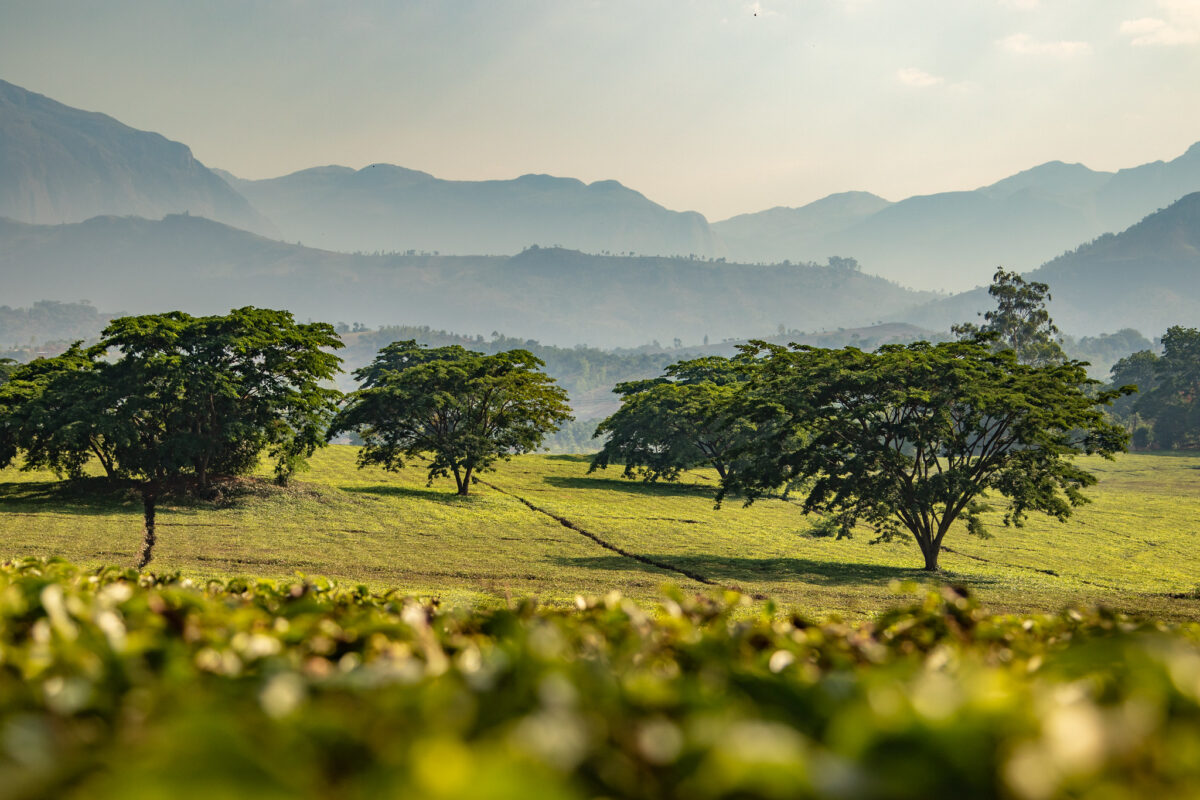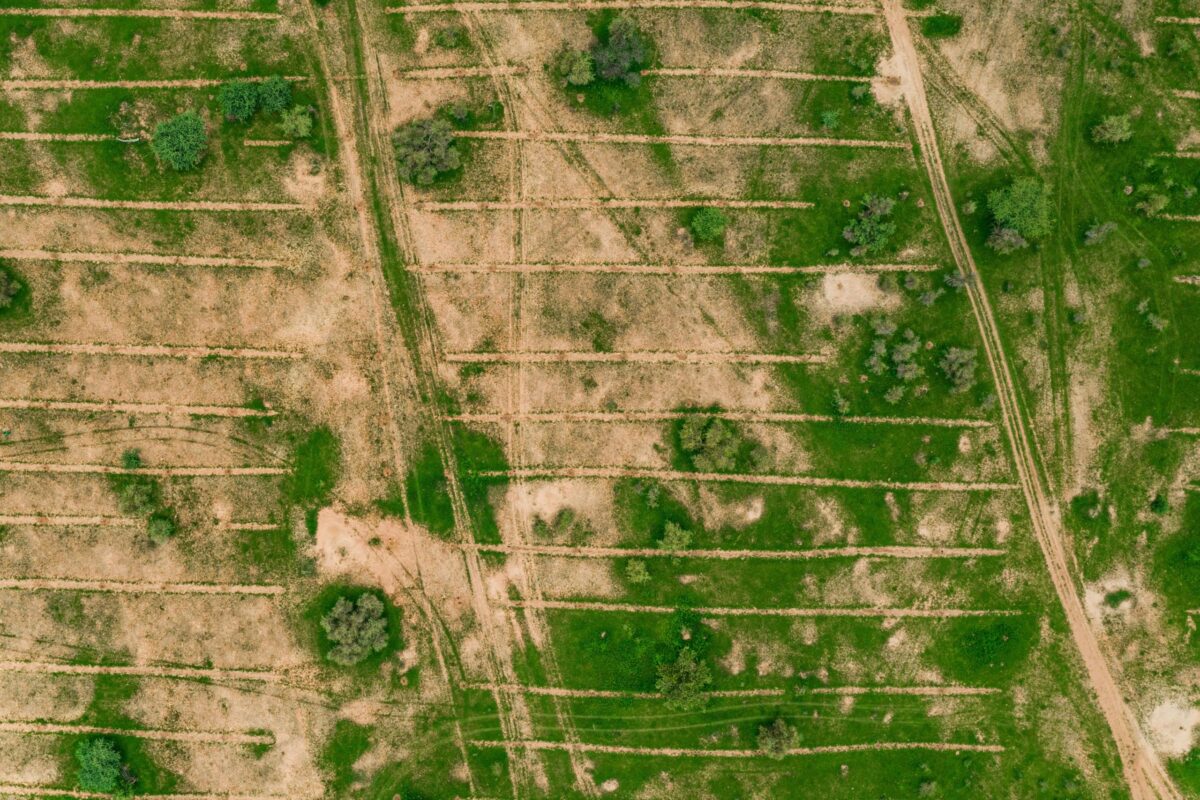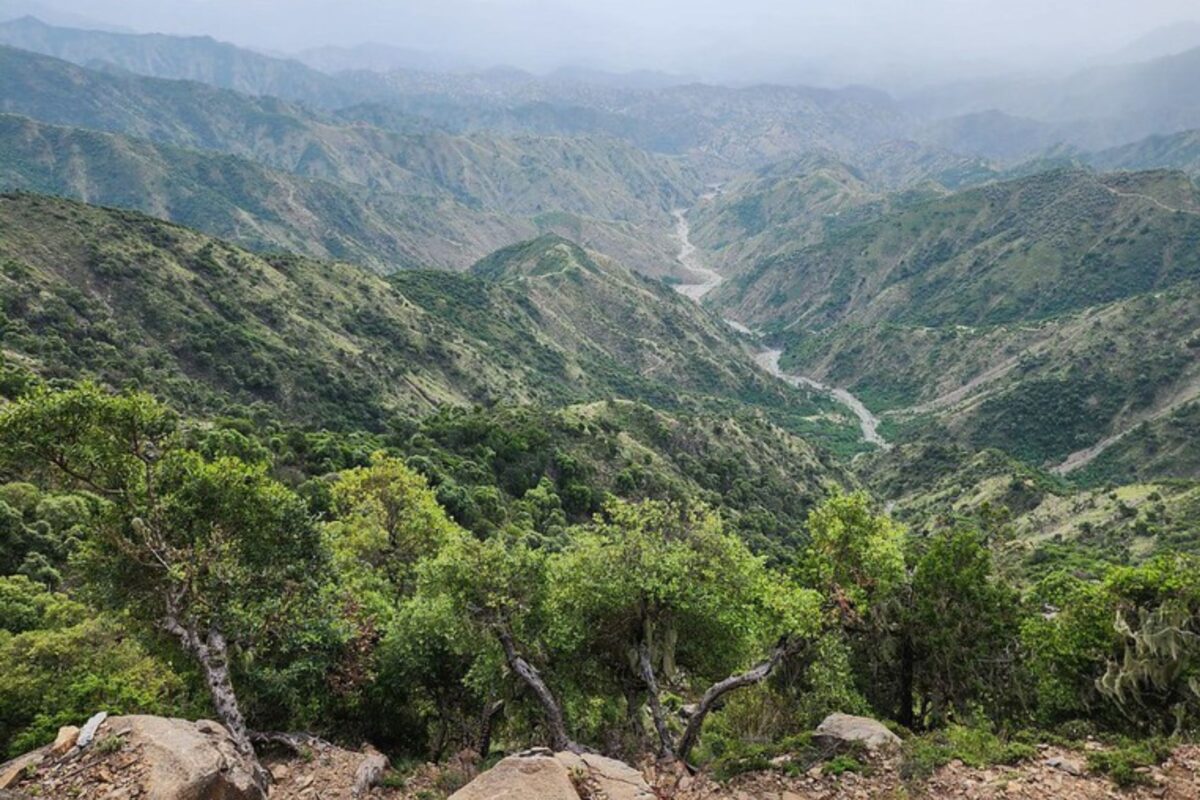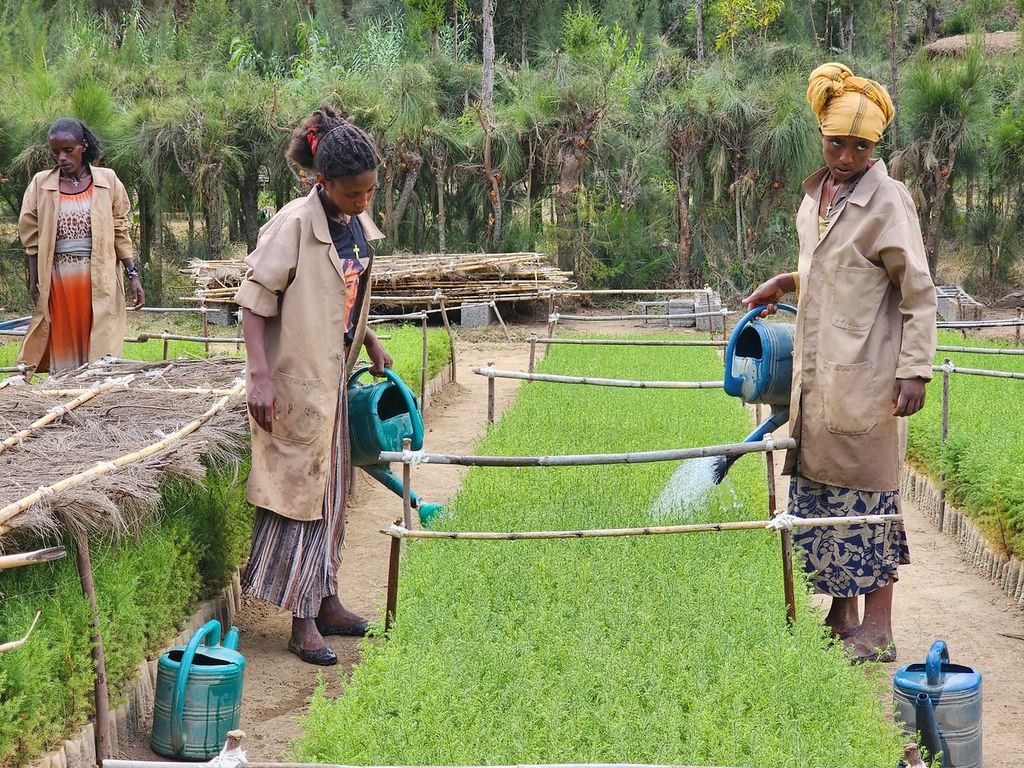For a while, Brazil had been showing a willingness to better protect the Amazon and for the past two decades preserving the lungs of the earth was the core of the country’s environmental policy. An Amazon Fund, for example, was created in 2008 while Ibama, the government’s environmental protection agency, was strengthened. Deforestation slowed from 2004 to 2012 and again between 2016 and 2017 leading to The New York Times stating that “Brazil’s success in slowing the deforestation rate made it an international example of conservation and the effort to fight climate change”.
Environmental setback
Sadly, with the new president being sworn in on January 1st of this year – even though environmental experts had been warning for the consequences his presidency would have on the Amazon – Brazil transitioned to a government that wants to open the rainforest for business. It argues that agriculture and reforestation does not go together. Quite the opposite is true: deforestation affects water supplies and causes severe soil degradation both, in turn, harm agriculture.
This year, deforestation of the Amazon has spiked as previous governments’ efforts to fight illegal clearance of trees were pulled back. Brazil’s National Institute for Space Research (INPE) found that this summer alone more forest had been cleared than in the last three years. Not only is the impact of this on indigenous populations living in the rainforest immense, ecologists have now also argued that the recent fires in the Amazon are a direct consequence of the current government’s environmental negligence. So far, INPE has recorded 75,336 fires and counting…
WeForest is not leaving Brazil
“In spite of all this, we have decided to remain in Brazil and will even increase our activity there,” Marie-Noëlle Keijzer, WeForest’s CEO, states firmly. “We don’t only plant trees, we also cultivate economic alternatives for local farmers through agroforestry systems.” This is a restoration technique without agrochemicals that mimics the natural dynamics of native forests, combining different forest and agricultural crops. This combination of species ensures diversification of food for local families and income generation. WeForest has a transformational and educational role, teaching local communities that trees have more value standing than felled. The aim is to convert the degrading agricultural model into a low impact one while restoring rainfall and protecting the local wildlife.
That why we are staying. We have no choice.
Sources
economist.com/briefing/2019/08/01/the-amazon-is-approaching-an-irreversible-tipping-point
https://www.researchgate.net/publication/320407359_Deforestation_of_the_Brazilian_Amazon
https://www.dw.com/en/brazil-experts-warn-of-bolsonaro-threat-to-the-amazon/a-46068377
https://time.com/5657387/brazil-amazon-forest-fires-surge/
https://www.nytimes.com/2019/07/28/world/americas/brazil-deforestation-amazon-bolsonaro.html
https://www.inpe.br/queimadas/portal/situacao-atual
https://www.nationalgeographic.com/environment/2019/08/wildfires-in-amazon-caused-by-deforestation/


